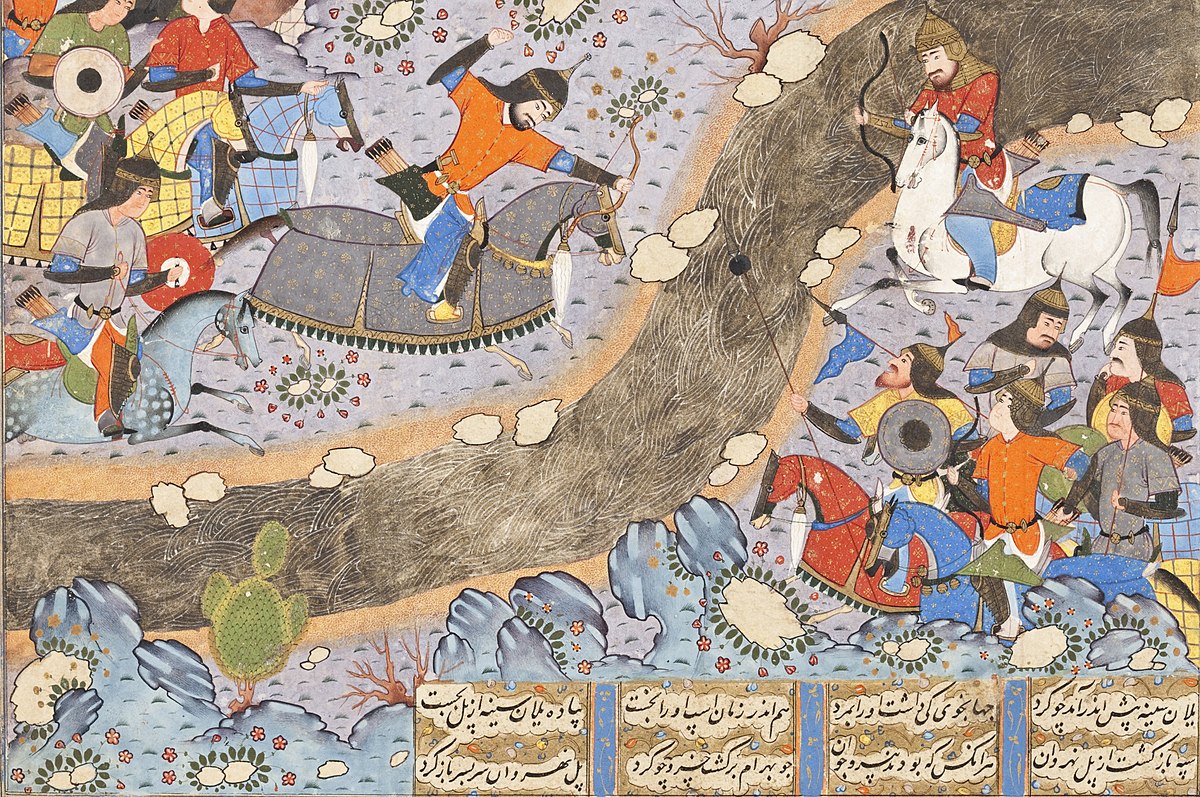
Sasanian civil war
Taq Kasra, Madain, IraqThe Sasanian civil war of 589–591 was a conflict that broke out in 589, due to the great deal of dissatisfaction among the nobles towards the rule of Hormizd IV. The civil war lasted until 591, ending with the overthrow of the Mihranid usurper Bahram Chobin and the restoration of the Sasanian family as the rulers of Iran.
The reason for the civil war was due to king Hormizd IV's hard treatment towards the nobility and clergy, whom he distrusted. This eventually made Bahram Chobin start a major rebellion, while the two Ispahbudhan brothers Vistahm and Vinduyih made a palace coup against him, resulting in the blinding and eventually death of Hormizd IV. His son, Khosrow II, was thereafter crowned as king.
However, this did not change the mind of Bahram Chobin, who wanted to restore Parthian rule in Iran. Khosrow II was eventually forced to flee to Byzantine territory, where he made an alliance with the Byzantine emperor Maurice against Bahram Chobin. In 591, Khosrow II and his Byzantine allies invaded Bahram Chobin's territories in Mesopotamia, where they successfully managed to defeat him, while Khosrow II regained the throne. Bahram Chobin thereafter fled to the territory of the Turks in Transoxiana, but was not long afterwards assassinated or executed at the instigation of Khosrow II.
